Significance
With ninety-six villages and towns involved in the event, the Holy Fire Pilgrimage of Xigang District has the largest number of village-sponsored performance troupes in Taiwan. The pilgrimage is held together with the Wang Ye Boat Festival (a celebration of the Wang Ye sect), making the two the only pilgrimage and festival jointly celebrated in Taiwan. The once-every-three-years pilgrimage’s two-hundred-year long history is a testament to the strong faith and devotion of its participants. The village-sponsored performance troupes have also become a local legacy, passing ancient traditions down through the generations. They are a wonderful reflection of folk art and one of the most distinguishing features of the pilgrimage. The complicated and elaborate rituals of Wang Ye worship are themselves a reflection of how strict Confucian teachings have been incorporated into local customs.
History
In 1661, Zheng Chenggong (1624 – 1662) arrived in Luermen, Taiwan at the head of a Ming imperial army to drive out Dutch colonizers. Immediately afterwards, he sent soldiers out by ship to set up an encampment in Tainan County’s Xigang District. To ensure a safe journey, the soldiers brought aboard a statue of Lord Jingzhu, the local patron deity, and the Marshal of the Central Altar, a Taoist deity of protection. After arriving at their destination, a member of the troop who was also a feng shui (geomancy) master proclaimed a local grotto to be a sacred abode of carp fishes—a sign of divine presence. Local residents then began a drive to collect funds and in 1712, built Xigang Qing’an Temple. The temple’s main deity is Mazu (Goddess of the Sea). The temple is well known for holding the Xigang Holy Fire Pilgrimage, considered to be the best pilgrimage in Taiwan. It is actually two festivals rolled into one. The first originated sometime around 1784. A local villager found a Wang Ye Boat (an emissary boat of Lord Wang Ye, a deity that controls evil spirits) hidden in the bushes on the banks of the Zengwun River. Residents from thirteen local villages began to hold a joint pilgrimage every three years with its start at the local Bafen Guma Temple in honor of this incident. In 1823, the Zengwun River flooded and the pilgrimage’s home base was changed to Qing’an Temple. In 1847, the temple was rebuilt and its first Wang Ye Boat festival was held in celebration of the event. At the same time, pilgrimage was expanded to include more villages. The two celebrations eventually combined to become the only pilgrimage and Wang Ye Boat Festival to be jointly celebrated. The scale of the celebration, held every three years, has gradually grown to include ninety-six towns, earning it the title “the best pilgrimage in Taiwan.” In 2008, it was registered as a municipal folk custom event of Tainan County.
Special Features
1Festival ProceduresUnlike other pilgrimages, the Xigang Holy Fire Pilgrimage is held jointly with the Wang Ye Boat Festival. The events are held in the following order:
First meeting (luòmiào): On the 9th day of the first lunar month (the birthday of the Jade Emperor, the first god) of the year prior to the celebration, representatives from all ninety-six villages gather for a meeting.
Assignment of organizers (bēixuǎn zhǔhuì): On the 15th day of the fourth lunar month (Wang Ye’s birthday) of the year prior to the celebration, traditional divination used to determine who should be the upcoming celebration’s main organizer, secondary organizer, assisting organizer, general organizer, and honorary organizer.
Date selection (zérì): The date of the celebration is determined by a feng shui master.
Making the keel (zhōucān yíshì): Traditional teachings state that the keel is the soul of the Wang Ye Boat. The keel is made carefully and a series of rituals performed to endow it with divine power. The material must be selected, obtained, shaped, dedicated, consecrated, and put together.
Making the boat (zàochuán yíshì): There are also several rituals involved with the making of the boat, including drawing the dragon’s eyes (the boat is decorated as a dragon, which symbolizes giving the boat life and soul), placing the sacred silk and mirror (to ward against evil), decorating the bow (to invite good fortune and prosperity), and finally raising the mast (signifying the end of construction). The boat then undergoes a pre-launch ceremony (the crowd gently rocks the boat while water is splashed on it to symbolize its first time in water).
Traditional divination is used to select a representative of Wang Ye and divine priests for the Wang Ye Boat.
Building of the Wang Ye Palace (qǐzào wángfǔ) and the Bamboo Lantern Pole-Raising Ceremony (shùdēnggāo)
Southern tour (nánxún): Approximately half a month prior to the start of the pilgrimage, Wang Ye leaves Qing’an Temple for a short southern tour.
Welcoming ceremony (qǐngwáng): Two days before the celebration, representatives of Wang Ye and all other deities are invited to visit the Wang Ye Boat at Nanhaipu. The deities reside temporarily at the Wang Ye Palace.
Pilgrimage Events
Inviting Mazu (qǐng māzǔ) One day before the celebration, a procession is sent to Luermen Mazu Temple to entreat Mazu to embark on the pilgrimage.
The pilgrimage (yìxiāng ràojìng): The pilgrimage lasts for three days, covering the ninety-six villages and towns which fall under the stewardship of Wang Ye. The large procession is accompanied by massive crowds of followers. The procession usually includes over sixty palanquins bearing other local deities and fifty folk performance troupes (zhèntóu) made up of their worshippers. At the front of the procession is one of the highlights of the celebration, the Centipede Pageant, a long series of linked-together platforms-on-wheels carrying children dressed to represent various legends and historical stories.
Wang Ye Boat Festival Events
Wang Ye ceremony (wángjiào kēyí): The day before the pilgrimage, the Wang Ye Ceremony is held at Qing’an Temple. The ceremony is a traditional Taoist event that involves many complicated rituals, including brandishing the light of the thunder god to suppress evil and offering a feast to appease plague gods and mollify evil spirits and thus induce them to leave peacefully. The ceremony is followed by a worship ritual for Wang Ye and a large banquet (a farewell dinner for Wang Ye).
Departure ceremony (sòngwáng yíshì): After the feast and a muster ceremony, the boat is struck several times to gather the guards of the Wang Ye Boat. The evil spirits and plague gods are then sent away.
2The Belt Towel SystemThe Xigang pilgrimage includes a large variety of performance troupes. It was originally a venue for intense competition between local villages, bringing both honor and shame, but has also acted as an opportunity for villagers to bond with one another and collaborate. In the past, palanquin bearers and martial masters would each wear a long towel, known as a belt-towel, tied around the waist. The pilgrimage at Xigang eventually developed an organized system with these belt-towels, employing five different colors (red, yellow, blue, green, and lime) to delineate different roles. It is one of the unique features of the Xigang pilgrimage.
3The Song-Jiang Battle Array
 The most common performance troupe of the Xigang Holy Fire Pilgrimage is the Song-Jiang Battle Array. This was originally developed as a way for local villagers to defend themselves. Although it has lost its significance as a fighting tactic, it continues to serve an important ritual function in religious ceremonies. Other similar performance troupes include the Golden Tiger Battle Array, the White Crane Battle Array, and the Five Tigers Battle Array.
The most common performance troupe of the Xigang Holy Fire Pilgrimage is the Song-Jiang Battle Array. This was originally developed as a way for local villagers to defend themselves. Although it has lost its significance as a fighting tactic, it continues to serve an important ritual function in religious ceremonies. Other similar performance troupes include the Golden Tiger Battle Array, the White Crane Battle Array, and the Five Tigers Battle Array.
4The Centipede Pageant Centipede Pageants (wúgōngzhèn) are one of the earliest forms of artistic expression in Taiwanese religion. A centipede is a long series of linked, wheeled platforms hand-pushed by people walking along on either side. On the platforms various legends and historical stories are acted out by children under twelve years of age. The Centipede Pageant is one of the most popular and beloved performances of the procession.
Centipede Pageants (wúgōngzhèn) are one of the earliest forms of artistic expression in Taiwanese religion. A centipede is a long series of linked, wheeled platforms hand-pushed by people walking along on either side. On the platforms various legends and historical stories are acted out by children under twelve years of age. The Centipede Pageant is one of the most popular and beloved performances of the procession.
5Departure Ceremony At the end of the Wang Ye Boat Festival a departure ceremony is held. After a representative of Wang Ye confirms that everything is on board, a Taoist priest strikes the boat several times to indicate that the launching of the boat should begin. The crowd of worshippers then pulls the boat to the edge of the Zengwun River. The five event organizers bow in gratitude and the boat is burned amidst a mountain of joss paper. This signifies Wang Ye’s return to the divine realm and the departure of evil spirits from the villages.
At the end of the Wang Ye Boat Festival a departure ceremony is held. After a representative of Wang Ye confirms that everything is on board, a Taoist priest strikes the boat several times to indicate that the launching of the boat should begin. The crowd of worshippers then pulls the boat to the edge of the Zengwun River. The five event organizers bow in gratitude and the boat is burned amidst a mountain of joss paper. This signifies Wang Ye’s return to the divine realm and the departure of evil spirits from the villages.
Reminders
The Xigang Holy Fire Pilgrimage is generally held around the 15th of the fourth lunar month. Visitors should not interrupt the various performances or touch any weapons. Disruptions to these rituals are seen as a major taboo in local tradition.
Panoramic
Directions